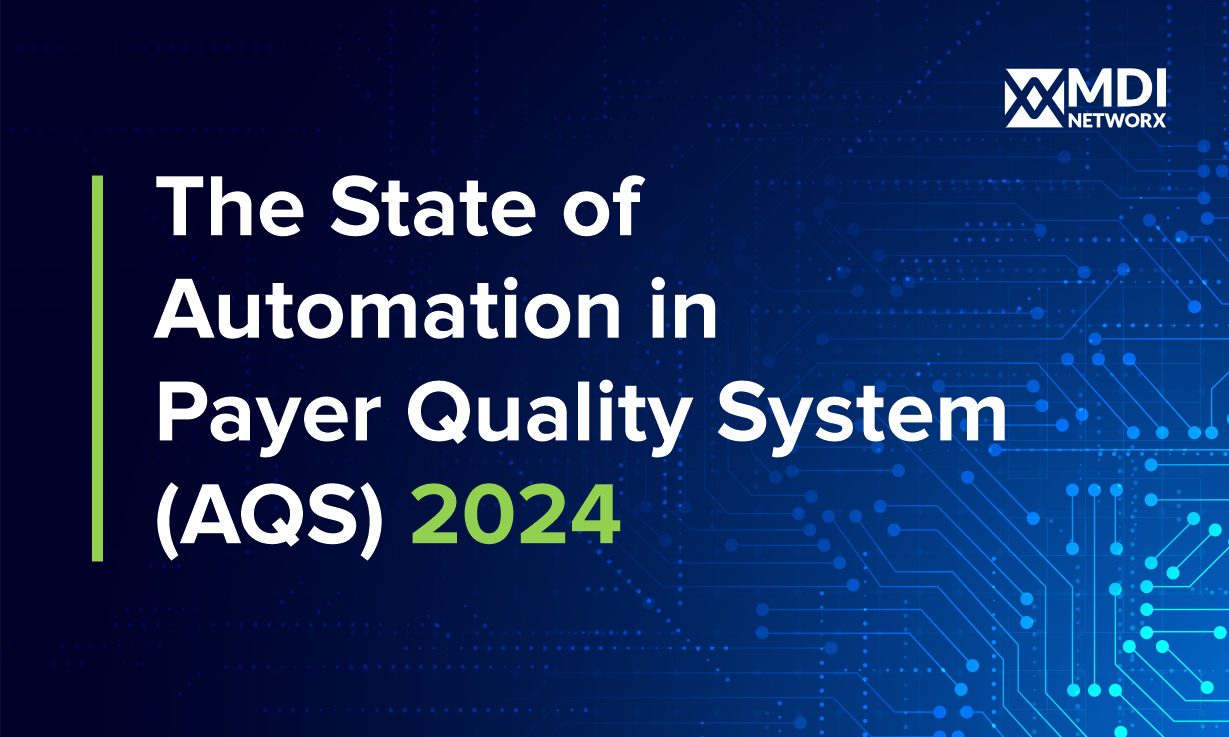The year 2020 ended on an encouraging note for patients when Congress passed the No Surprises Act that took care of the long-pending issues of surprise medical billing. This act ushers in a new era in healthcare where high out-of-network bills are a thing of the past and patients can finally heave a sigh of relief.
How does this work for patients?
Under the No Surprises Act 2022, which will come into effect at the start of the year, patients are protected against unexpected bills since payment disputes will be handled between healthcare providers and payers. Patients typically receive surprise bills when they go in for emergency services and do not really have a choice about where they receive their treatment. The problem arises if the healthcare provider does not accept their insurance, and they are presented with an exorbitantly high bill. With the introduction of this act, patients need not worry about getting out-of-network bills when they get treatment at in-network facilities.
While this bill primarily focuses on patients, it also contains a regulation that requires all healthcare provider directories to be updated by 1 January 2022, and thereafter regularly, every 90 days. If they do not comply, they could face hefty fines.
Directory updates - What are the challenges for healthcare providers?
A healthcare provider directory is a dynamic entity that keeps changing constantly. Providers relocate to different addresses, they sometimes stop accepting patients or even leave the program. Sometimes critical provider information is missing from the directory entry. The result is an inaccurate provider directory that ideally should get updated at the earliest.
You might be mistaken into believing this to be a one-off scenario. However, the reality is quite different. In fact, a 2019 study conducted by the American Journal of Managed Care discovered a whopping 30% inconsistency rate for the same provider in a company’s health plan networks across markets. Another study conducted with doctors has shown that more than half of them (52%) have come across at least one patient per month who has faced health insurance coverage problems because of inaccurate or missing healthcare provider information in the directory.
How does the ‘No Surprises Act’ impact healthcare payers?
The Healthcare No Surprises Act is rather strict, and not unlike existing CMS directory regulations, it requires healthcare payers to verify and update their provider directory every 90 days. This includes both individual providers and facilities. Unverified providers need to be removed from the directory, and updates have to be made within two days of receipt of any new information. The bill also states that payers will have to bear the responsibility for any out-of-network payment made through providers listed as in-network.
While it is both healthcare providers and payers who need to work together to ensure updated provider information is verified, the primary responsibility lies with healthcare payers. Which means payers need to invest time and resources into building the right system and devising a foolproof plan to get the directory maintenance process going seamlessly.
Are you ready to efficiently update your provider directory?
Starting 1 January 2022, the No Surprises Act will be enforced with hefty penalties for non-compliance. You have less than 5 months to plan, arrange and get your directory maintenance program off the ground. Are you ready with a No Surprises Act solution?
Getting the right data is the first step in ensuring your provider directory is up-to-date. Attempting it yourself isn’t a great idea, since the costs of doing so will be through the roof. Moreover, you just might not have the right operational resources to pull it off successfully.
Getting healthcare providers to verify existing information to populate your provider directory is one way of doing it, but it promises to be a tedious task. You can, of course, use available data to supplement provider details. However, is there any other way you can go about confirming your healthcare provider profiles? Is there a simpler solution that can help you?
Have you considered availing the services of an external agency specializing in provider information verification? Whichever option you decide to go with, it is going to be a considerable investment, either of time and money, or just money. However, the outcome is a seamless system that offers you numerous immediate benefits:
- Compliance – An audit will show that your organization is meeting the requirements of the No Surprises Act
- Acceptable HEDIS measures and improved performance – Accurate records will ensure good member experience
- Correct payments – You need not pay bills charged as out-of-network if the provider profile said in-network
The No Surprises Act is a commendable step toward protecting patients before and after receiving care. Healthcare providers and payers are important cogs in the machinery that can aid this process, simply by keeping their provider directories up-to-date.
Final Thoughts
Have you initiated the process of meeting the requirements of the new regulation? Now is a good time to start. Contact our solution Specialist to find out how MDI NetwroX can help you get a better grip on keeping provider directories up-to-date.




